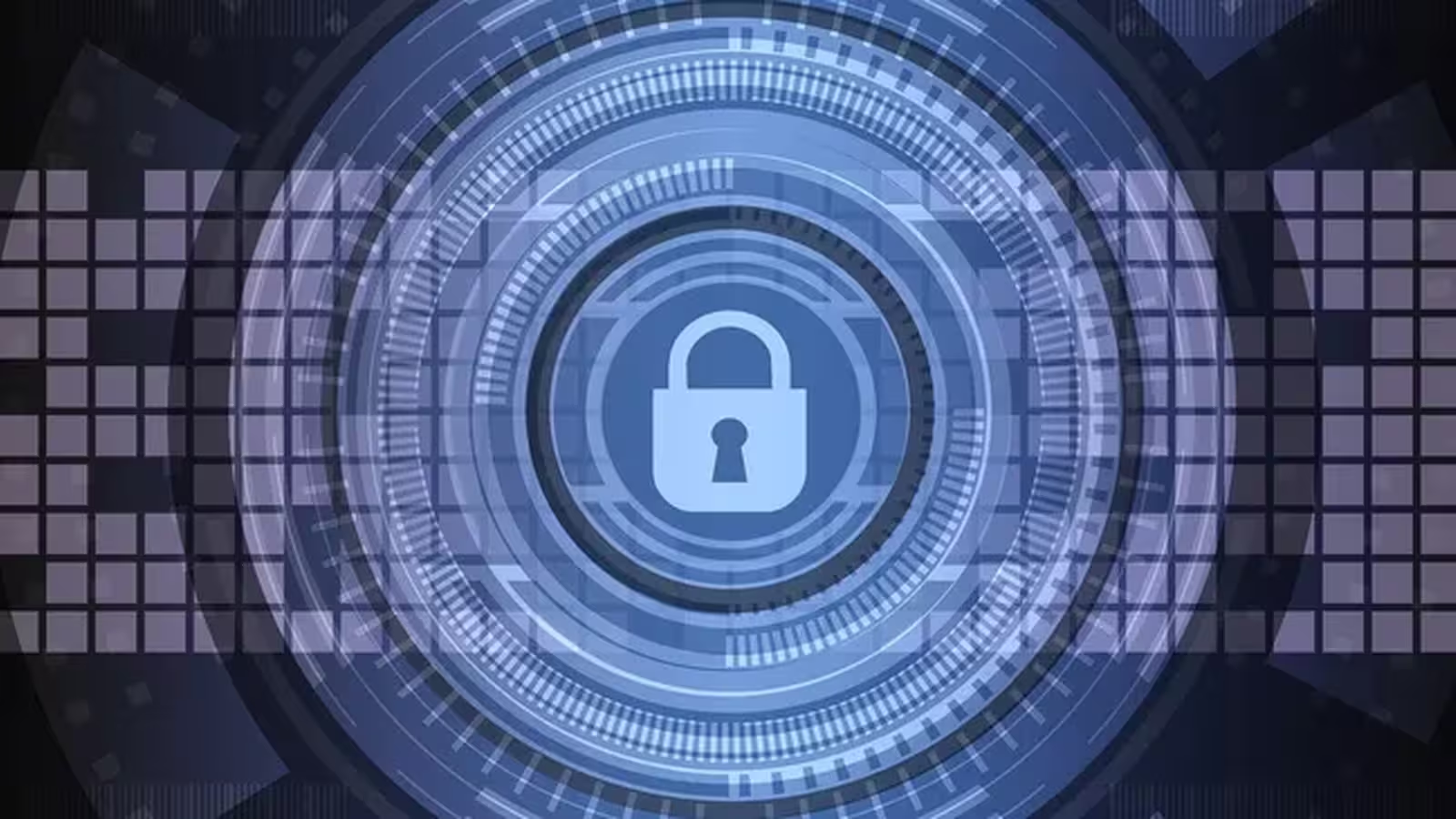6 Minutes
The Escalating Pressure in Cybersecurity
The relentless rise of advanced persistent threats, ransomware attacks, and complex exploitation techniques has made the cyber landscape in 2024 and 2025 more perilous than ever. As digital infrastructures across the globe expand, security teams are tasked with an overwhelming volume of threats, demanding round-the-clock vigilance and continuous adaptation to new attack vectors. This escalating battle doesn’t just impact organizations’ defenses—it takes a heavy toll on the mental and emotional well-being of cybersecurity professionals.
Current research paints a stark picture: around 50% of cybersecurity experts expect to experience clinical burnout within a year, while 80% foresee it within three years. The chronic stress, long hours, and constant high alert all pose risks not just to individuals, but to the stability of security operations as a whole. Burnout contributes to declining job performance, higher staff turnover, and ultimately, increased vulnerability in the face of sophisticated threat actors.
AI as a Game Changer: Introducing Agentic AI to Cybersecurity
What’s emerging as the industry’s most promising solution to these challenges? The answer lies in agentic AI—advanced artificial intelligence systems capable of managing repetitive, time-consuming security tasks with minimal human intervention. Unlike conventional automation, agentic AI brings autonomy and intelligent decision-making to the table, enabling security teams to shift their focus from tedious, high-volume workloads to strategic, high-value initiatives.
By deploying agentic AI tools, organizations can automate detection, remediation, alert triage, compliance documentation, and repetitive investigative steps. The result: a dramatic reduction in the cognitive burden placed on security analysts. These platforms free up valuable human resources for tasks requiring critical thinking and problem-solving—strengthening security postures while defending the mental health of IT professionals.
Comparing Agentic AI and Traditional Automation
Traditional automation relies on rigid workflows and procedurally defined responses, often requiring significant oversight. In contrast, agentic AI leverages machine learning and contextual understanding to independently assess, prioritize, and even resolve security incidents. This newfound autonomy means less manual review, fewer redundant processes, and more comprehensive protection across the entire security environment.
Key Features and Strategic Advantages of Agentic AI
- Autonomous Task Management: Handles repetitive detection and remediation tasks without continual human input, dramatically reducing operational fatigue.
- Process Optimization: Streamlines incident response workflows and eliminates bottlenecks, resulting in faster, more reliable detection and mitigation of threats.
- Enhanced Coverage: Monitors vast, ever-expanding digital attack surfaces around the clock, ensuring no potential threat goes unnoticed.
- Adaptability: Learns from historical incidents to improve future threat detection, continuously updating tactics as the threat landscape evolves.
Advantages Over Traditional Methods
Compared to earlier automated solutions, agentic AI’s advanced autonomy offers several distinct advantages:
- Reduced Cognitive Overload: Security professionals can escape the constant deluge of alerts and focus on higher-order strategy.
- Improved Work-Life Balance: By offloading mundane tasks, AI lightens workloads and supports healthier schedules.
- Elevated Job Satisfaction: Analysts engage in more impactful, intellectually stimulating tasks, reducing turnover and fostering team morale.
Real-World Use Cases and Market Relevance
Major enterprises, financial institutions, and government agencies are already leveraging agentic AI to address critical pain points. For example:
- Alert Triage: Intelligent AI classifiers quickly assess the flood of daily security alerts, escalating only the genuine threats for human review.
- Automated Compliance: AI systems handle routine documentation of compliance protocols, saving organizations hours of manual effort.
- Continuous Monitoring: Agentic AI tools deliver 24/7 surveillance of cloud environments, endpoints, and critical infrastructure, rapidly flagging anomalies.
Amid global talent shortages and rising cybercrime, these solutions position organizations to remain resilient and competitive.
Challenges and Best Practices for AI Implementation
While the promise of agentic AI in cybersecurity is immense, successful adoption isn’t without hurdles:
- Policy Alignment: AI systems must adhere to established security and governance frameworks. Human oversight is essential for critical, high-impact decisions.
- Continuous Quality Assurance: Ongoing monitoring detects and addresses potential biases or blind spots, ensuring AI decisions remain reliable and ethical.
- Ethical Concerns: Organizations must remain vigilant against bias in threat detection and preserve a healthy equilibrium between automated processes and human judgment.
To maximize outcomes, organizations should take a phased approach:
- Identify High-Burden Activities: Target the most repetitive and mentally draining tasks—such as alert triage and compliance reporting—for initial AI integration.
- Establish Baseline Metrics: Document pre- and post-implementation data (time spent, alert response rates, team satisfaction scores) to objectively assess impact.
- Foster Continuous Feedback: Set up robust communication channels, allowing security professionals to regularly evaluate and influence AI system performance.
- Promote Cultural Integration: Position AI as a resource that amplifies human expertise, not a threat to jobs. This mindset accelerates adoption and fortifies team resilience.
A Roadmap for CISOs and Security Leaders
For CISOs, CTOs, and technology executives, the message is clear: traditional approaches will fall short against tomorrow’s cybersecurity crises without the support of intelligent automation. By thoughtfully integrating agentic AI into security operations, leaders can build sustainable, future-ready defense mechanisms that prioritize both digital protection and professional well-being.
The first step is a comprehensive assessment of your organization’s burnout risk factors and security workload distribution. Identify opportunities where agentic AI can deliver rapid value and relief. Measure not only technical security outcomes but also human-centric metrics: team retention, satisfaction, and professional growth.
The Future: Balancing Human Expertise and AI
Cybersecurity’s future hinges on synergy between skilled professionals and intelligent machines. The choice is not between relying solely on people or technology—it’s about forging a harmonious partnership. A balanced strategy will empower organizations to combat mounting threats effectively while supporting the very experts on the frontline.
By embracing agentic AI today, companies can secure both their digital assets and irreplaceable human talent, ensuring resilience in a constantly evolving threat landscape.



Comments